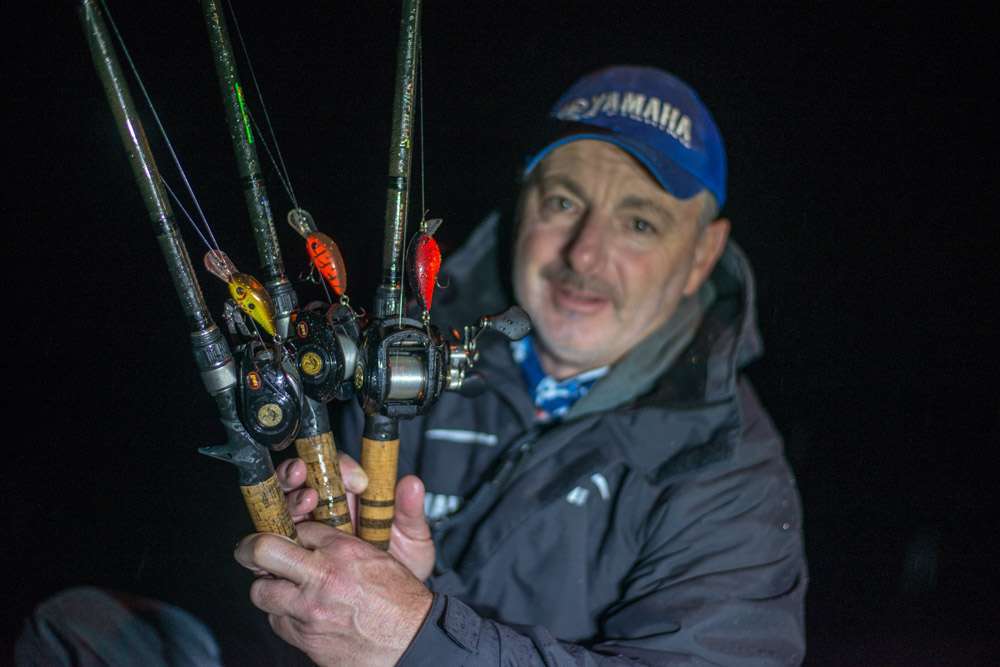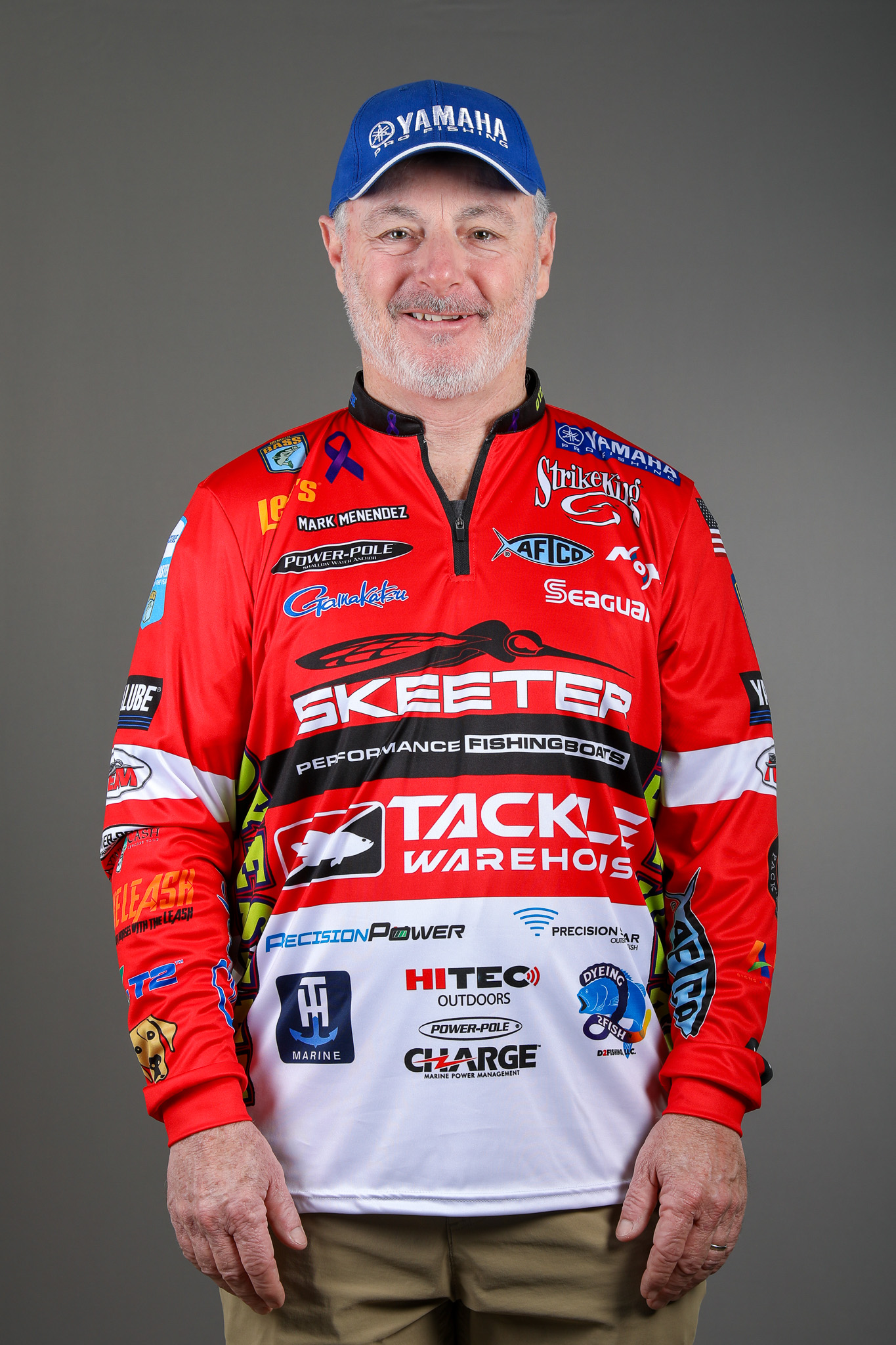
Across much of the country water temperatures have dropped through the 50-degree range and in some places they’re touching the dreaded 40-degree mark. That can make fishing a little slow, but it doesn’t make it impossible. It’s a matter of selecting the right bait and fishing it in the right way.
The following are some of my winter bait choices. They are all for clear or reasonably clear water. If the water is muddy and in the temperature ranges I just referenced, I respectfully suggest you watch the ballgame or sharpen hooks.
Crankbaits
What I’m about to say I can’t support with any scientific evidence or even give you a sensible explanation for but I know from experience it’s true.
The common belief is that a bait that wiggles is the best cold water choice. That might be true, but I have to tell you that I’ve caught a lot of bass on crankbaits that wobble, too. I don’t know why or when. I just know that a wobbler is often the better choice.
If you aren’t sure what your bait is doing, use this general rule of thumb. If the lip comes straight off the nose of the bait, it’ll wiggle. If the lip comes down at an angle off the nose, it’ll wobble. But remember that there are different wiggles and wobbles. Picking the one that’ll catch the most fish on any given day is as much art as it is science.
Hard jerkbaits
This one is as easy as it gets: The colder the water gets the softer and shorter your pulls should be, and the longer your pauses should last. A foot or two on the pull and 15 seconds on the pause isn’t too slow.
Grubs
This is a bass bait that has been largely forgotten over the years. Grubs will catch bass almost anytime, but they come into their own when the water is below 40 degrees. You can crank them along on a horizontal plane at any depth until you find the fish. They are a darn good imitation of a shad when you do that.
I start by doing a five count when mine hits the water and then increase my count on successive casts until I find the magic depth.
Tightlining
This is a technique that was developed in the Tennessee clear water reservoirs. Basically all you do is make a long cast towards a bluff or a bank with a sharp drop and let your bait pendulum down parallel to the bank on a tight line while you hold your rod up at a pretty good angle. It’s simple, and deadly.
You can do this with almost any lure. Popular choices are small hair jigs, grubs on really light heads and tiny aspirin head jigs.
Slider Heads
Charlie Brewer knew what he was talking about when he wrote, Charlie Brewer on Slider Fishin’. This technique will catch them no matter how cold the water gets. In fact, from my experience the colder the water the better it works. I always give a Slider Head a try when the water’s below 40 degrees.
The trick with slider fishing is to do nothing with your lure. Hold your rod rock steady and just reel after your lure drops down a ways.
You can slider fish with almost anything but, in truth, the heads Brewer designed are really good. He offers several different types and weights. Pick the one you like best. After that attach a short, flexible 4-inch worm or a grub and start making casts.
So here is the truth about bass fishing in January and February. You won’t catch a lot of them, most days anyway. But, the ones you do catch are usually bigger than average. The trick is to fish lures that appeal to bass when their metabolism is slow and they aren’t feeding all that often.

